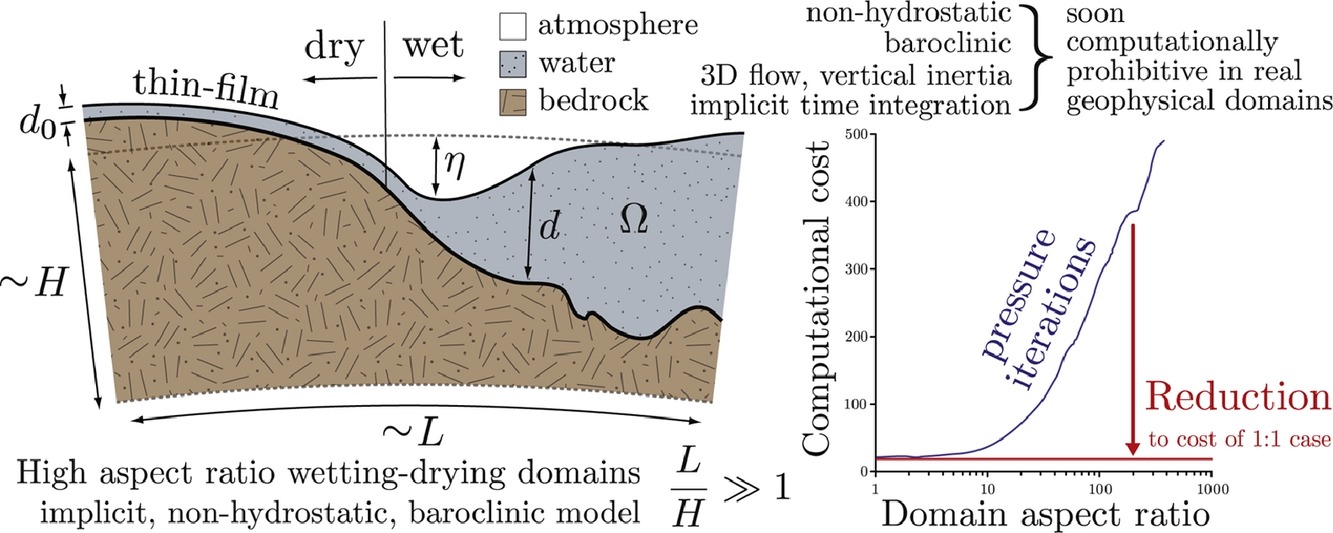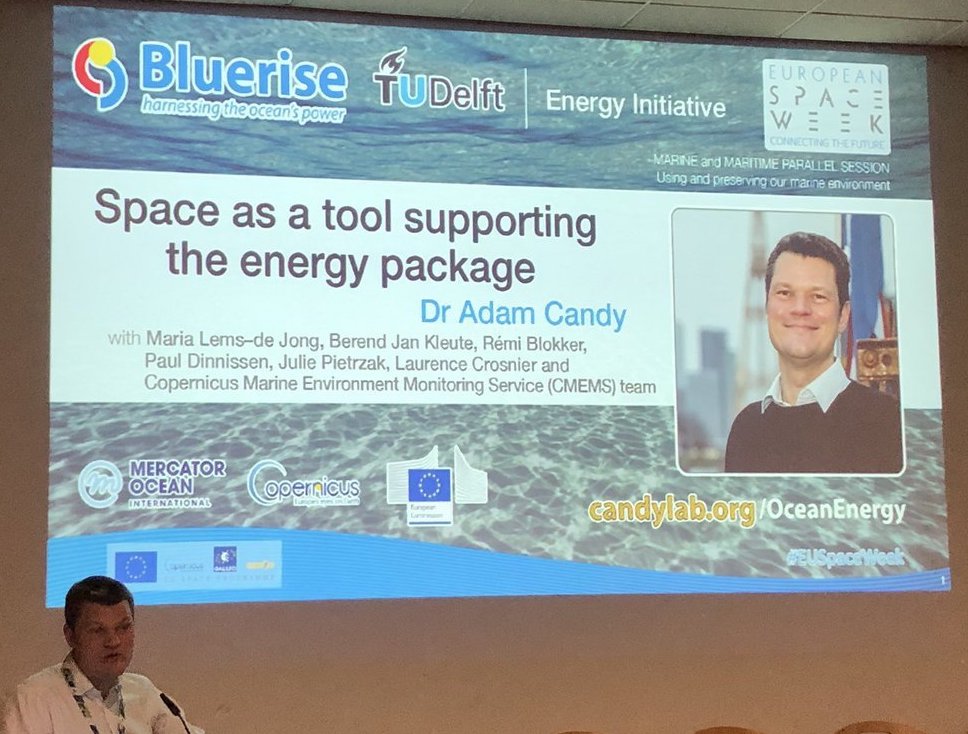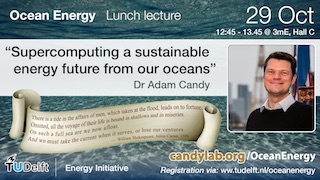Published paper: An implicit wetting and drying approach for non-hydrostatic baroclinic flows in high aspect ratio domains
I have published a new paper in the Journal of Advances in Water Resources, detailing a new approach for modelling flood inundations. This is a world-first for modelling flood inundation in three-dimensional models and importantly improves accuracy where vertical inertia is important. The approach includes non-hydrostatic and baroclinic effects. It is implicit in time and demonstrated stable and robust for wetting and drying in multi-scale simulations.”
- Candy A.S. (2017) An implicit wetting and drying approach for non-hydrostatic baroclinic flows in high aspect ratio domains, Advances in Water Resources, 102, 188-205.

Abstract
A new approach to modelling free surface flows is developed that enables, for the first time, 3D consistent non-hydrostatic baroclinic physics that wets and dries in the large aspect ratio spatial domains that characterise geophysical systems. This is key in the integration of physical models to permit seamless simulation in a single consistent arbitrarily unstructured multiscale and multi-physics dynamical model. A high order continuum representation is achieved through a general Galerkin finite element formulation that guarantees local and global mass conservation, and consistent tracer advection. A flexible spatial discretisation permits conforming domain bounds and a variable spatial resolution, whilst atypical use of fully implicit time integration ensures computational efficiency. Notably this brings the natural inclusion of non-hydrostatic baroclinic physics and a consideration of vertical inertia to flood modelling in the full 3D domain. This has application in improving modelling of inundation processes in geophysical domains, where dynamics proceeds over a large range of horizontal extents relative to vertical resolution, such as in the evolution of a tsunami, or in urban environments containing complex geometric structures at a range of scales.





